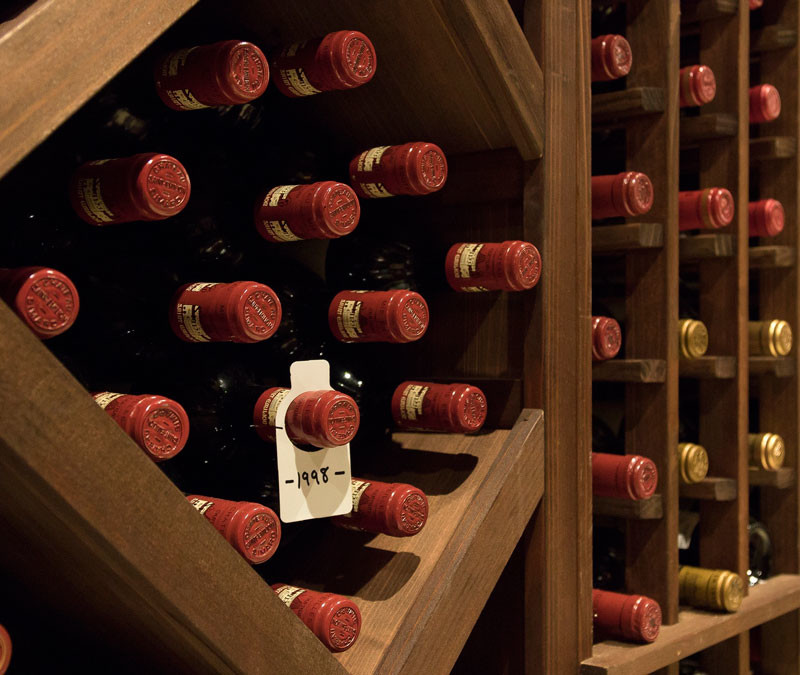Historically, January is a bitterly cold month, as we’ve witnessed firsthand recently. Full-bodied red wines are the perfect way to help alleviate the chill. The Rhone Valley is located in Southern France and produces some of the most interesting and famous examples of this robust style. Of the many grapes used in the Rhone Valley, Syrah has achieved an iconic status. The flavors and aromas of Syrah-based wines are reminiscent of peppercorn, dried cherry, smoke, grilled meat, olive and lavender.
The winegrowing regions of the Rhone Valley can be divided into two separate areas, each with its own distinct style of wine: the Northern Rhone Valley and the Southern Rhone Valley. The Northern Rhone Valley is approximately 75 miles north of the city of Avignon. Hermitage and Côte-Rôtie are the two most celebrated wines of this region. For both Hermitage and Côte-Rôtie, small amounts of white grapes are blended into the wine. White grapes add aromatic value to the wine and soften their full-bodied nature. The Côte-Rôtie vineyards are especially unique due to their steep slopes. The slopes are some of the steepest in all of France – averaging 55 degrees!
The Southern Rhone Valley, around Avignon, is responsible for 95% of the total wine produced within the Rhone Valley region. It also holds historical significance for France’s wine industry. Pope Clement V moved his court from Rome to Avignon in 1309. Later, Pope John XXII rebuilt the papal palace and planted a vineyard surrounding the regal residence. This became known as the “New Chateau of the Pope” or Châteauneuf-du-Pape. When small insects known as Phylloxera destroyed the vines, winemakers were forced to replant, and wine fraud became an increasing problem. To combat these chaotic times, Châteauneuf du-Pape grape growers agreed upon a set of rules for wine production. These same rules were used as the blueprint for the French Appellation Contrôlée system (AOC). In 1936, the Châteauneuf-du-Pape became the very first AOC in France. The wines of Châteauneuf-du-Pape, whether red or white, are blends. For the red wines: Grenache, Syrah, Mouvèdre and Cinsault constitute the majority of the blend. For the white wines, the main grapes are Roussanne and Clairette. In total, the law allows thirteen different grapes to be used in the production of Châteauneuf-du-Pape.
To learn more about the wines of the Rhone Valley, join me for “From Vine to Wine” on January 15th and 16th. We will taste through a spectrum of white and red wines, discuss grape growing practices, talk about the wines’ history and learn what foods to pair with each.
On January 22nd and 23rd, join me for an additional installment of “From Vine to Wine” and learn about the wines of the Loire Valley and how they are connected to those of England and the Rhone Valley. The Loire Valley is home to a variety of refreshing white wines, along with one curiously herbaceous red wine. Learn about the grapes that comprise Loire Valley’s most famous appellations, Sancerre and Vouvray, and discover why one is often sweet tasting and the other dry. What are fossilized sea urchins doing in Sancerre, and why are some winemakers harvesting based on the phases of the moon? Have these questions and many more answered during this class. I hope to see you then!
